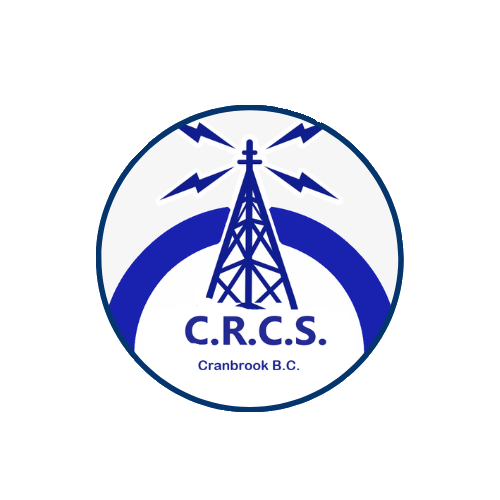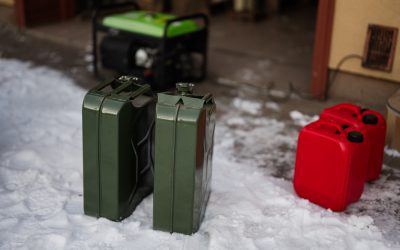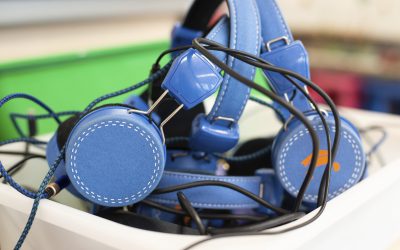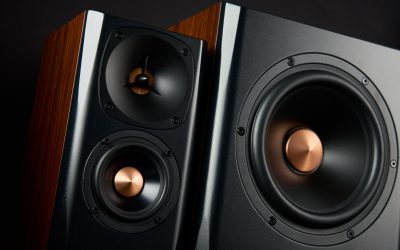At Cranbrook Radio Club Society (CRCS), we know that building and maintaining a reliable amateur radio shack is more than just collecting equipment—it’s about understanding each component’s role in creating an efficient, safe, and effective station. One of the most important (and often overlooked) pieces of equipment is your power supply. Whether you’re new to the hobby or an experienced operator, selecting the right power supply is crucial for ensuring your radios perform as they should.
What Is a Power Supply?
A power supply is a device that converts household AC (alternating current) into the DC (direct current) your radio equipment needs to operate. Most amateur radio transceivers require 12 to 13.8 volts DC, but the voltage alone isn’t enough—your power supply must also provide enough current (measured in amps) to handle your rig’s demands, especially when transmitting at full power.
Types of Power Supplies: Linear vs. Switching
Linear Power Supplies
Linear power supplies have been around for decades. They use a large transformer to reduce the voltage and heavy filtering components to produce clean DC power. Here’s why some hams still prefer them:
-
Low RF Noise: Linear supplies produce minimal electrical noise, making them ideal for sensitive HF operations.
-
Simplicity: Fewer components mean fewer things that can fail.
-
Reliability: These units are often considered the “workhorses” of the shack.
However, they do have drawbacks:
-
Heavier and Bulkier: That big transformer adds significant weight.
-
Less Efficient: Linear designs waste more energy as heat.
Switching Power Supplies
Switching power supplies use modern electronics to convert AC to DC at high frequencies. They’re more compact, lighter, and energy-efficient. Advantages include:
-
Lightweight and Compact: Easy to move, mount, and transport.
-
Energy-Efficient: Less heat generation and better power conversion.
-
Widely Available: Many affordable options are on the market.
The trade-off? Switching supplies can introduce RF noise that interferes with your radio signals. However, many newer models are designed with better filtering to minimize noise.
Key Features to Look For
When selecting a power supply for your shack, consider the following:
1️⃣ Current Capacity (Amperage)
Your power supply must deliver enough current to support your equipment, especially during transmission. For HF transceivers running 100 watts, look for a supply rated for at least 20–30 amps continuous. For QRP setups or VHF/UHF radios, a smaller supply may suffice (5–15 amps).
2️⃣ Voltage Stability
Your radio expects a steady 13.8 volts. A quality power supply should maintain consistent voltage under varying loads without dropping or surging.
3️⃣ Noise and Filtering
For HF operations, a clean signal is everything. Look for supplies that specify low ripple and low RF noise. Check reviews, ask fellow hams, or even test the unit at your local club if possible.
4️⃣ Protection Features
Good power supplies include safety features such as:
-
Overload Protection: Prevents damage if you accidentally draw too much current.
-
Short Circuit Protection: Shuts down output if a fault is detected.
-
Overvoltage Protection: Guards against voltage spikes.
5️⃣ Metering and Indicators
A built-in voltmeter and ammeter allow you to monitor your shack’s power usage in real-time. This can be invaluable when troubleshooting or monitoring equipment health.
6️⃣ Cooling and Noise
Does the unit have a fan? If so, how loud is it? Some supplies are near-silent, while others can sound like a small airplane taking off. Consider your operating environment—especially if your shack is in a quiet home office or shared space.
Popular Power Supply Models for Amateur Radio
While we don’t endorse specific brands, here are some models commonly found in amateur radio shacks, each with its own pros and cons:
-
Linear: Astron RS-35M, RS-50M
-
Switching: Samlex SEC-1235M, MFJ-4230MV, Alinco DM-330MV, Powerwerx SS-30DV
Always research and match your specific needs with a model that fits your budget and station requirements.
Practical Tips for Your Power Supply Setup
A power supply is only as good as its installation and care. Here are some best practices for setting up and using your power supply:
✅ Location: Place your power supply in a well-ventilated area, away from heat sources or moisture. Avoid stacking equipment directly on top to maintain airflow.
✅ Grounding: Proper grounding helps reduce RF noise and improves safety. Consult your local ham club or reference ARRL guidelines for best practices.
✅ Cabling: Use appropriate gauge wiring for your current needs—typically 12 AWG or thicker for higher currents. Check for secure connections and consider adding fuses inline for extra safety.
✅ Testing: Use a multimeter to check output voltage under load and ensure your power supply is functioning as expected.
✅ Maintenance: Periodically inspect the power supply for dust buildup, loose connections, and signs of wear. Clean vents and fans as needed to prevent overheating.
Safety Considerations
Remember, you’re dealing with electrical currents that can be hazardous. Always:
⚡ Turn off and unplug the power supply before making any wiring changes.
⚡ Follow the manufacturer’s instructions carefully.
⚡ Be cautious when working inside a power supply—high-voltage capacitors can retain a charge even when unplugged.
When in doubt, ask for help! CRCS members are always happy to lend a hand or answer questions during club meetings or on the air.
Choosing the right power supply for your shack is more than just ticking boxes—it’s about building a station that’s reliable, safe, and enjoyable to use. Whether you’re chasing DX, working local nets, or experimenting with digital modes, your power supply is the foundation that keeps your station running.
At CRCS, we encourage you to learn, ask questions, and share your knowledge with others. A well-chosen power supply ensures your radio hobby is powered up and ready for action.




